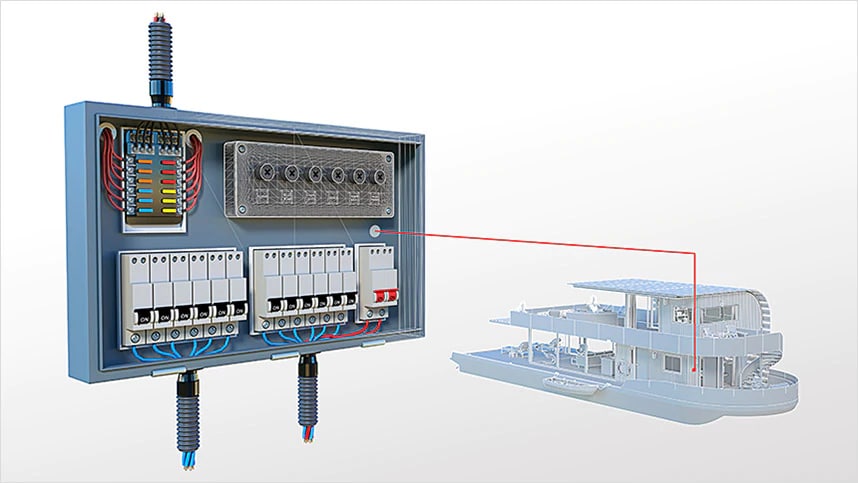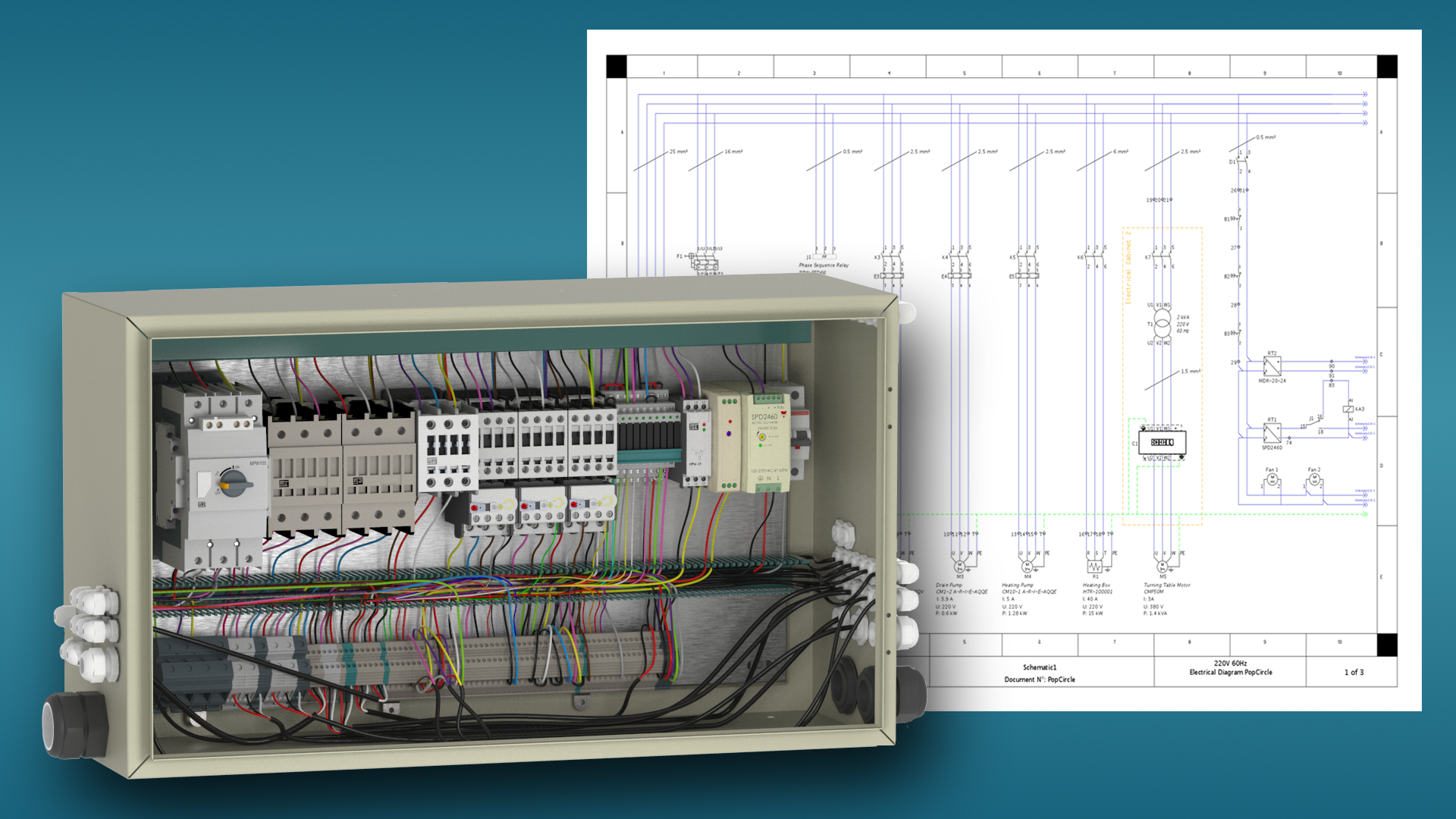Tailored Electrical Load Calculation Services for Commercial and Industrial Facilities
Tailored Electrical Load Calculation Services for Commercial and Industrial Facilities
Blog Article
Cutting-edge Electric Design Providers for Modern Infrastructure
As urban settings grow progressively intricate, integrating modern technologies such as clever grids and eco-friendly energy resources ends up being vital. These improvements not just assure to enhance power usage but also foster durability versus future demands.
Significance of Cutting-edge Electrical Design
Cutting-edge electrical design plays an essential role in contemporary facilities, influencing not just efficiency yet also sustainability. As cities progress and the need for power boosts, the requirement for advanced electrical systems becomes vital. These systems need to not only satisfy existing needs yet also anticipate future growth and technical advancements.
A well-executed electrical design can significantly lower energy intake, consequently reducing operational prices and lessening environmental effect. By incorporating eco-friendly power sources, such as photovoltaic panels and wind generators, innovative layouts can boost energy independence and strength. Smart grid innovations allow for real-time monitoring and management of power distribution, optimizing efficiency and minimizing waste.
Safety is another crucial facet of electrical design. Applying rigorous requirements and innovative innovations can alleviate threats connected with electrical failures, ensuring a protected setting for homeowners and companies alike. Furthermore, cutting-edge layouts facilitate flexibility, allowing infrastructures to incorporate emerging innovations flawlessly.
Secret Trends in Electrical Design
As the landscape of electric design continues to progress, numerous essential patterns are shaping the future of the market. One significant pattern is the assimilation of clever modern technology into electrical systems. The expansion of the Internet of Points (IoT) has actually allowed real-time monitoring and control of electrical devices, enhancing effectiveness and assisting in anticipating upkeep.
One more pattern is the expanding emphasis on modular design. This strategy permits for scalable and versatile services, enabling facilities to adapt to transforming requirements without extensive renovations. Additionally, using advanced simulation tools and Structure Info Modeling (BIM) is ending up being increasingly widespread, simplifying the design process and boosting collaboration amongst stakeholders.
Moreover, developments in products scientific research are resulting in the advancement of lighter, extra long lasting, and energy-efficient components. This innovation is particularly essential for high-performance buildings and framework jobs.
Finally, there is a significant shift towards data-driven decision-making - electrical load calculation. Leveraging data analytics aids designers optimize systems for efficiency and cost-effectiveness. With each other, these fads signify a transformative period in electric design, enhancing performance, sustainability, and resilience in modern facilities
Lasting Energy Solutions
Sustainable energy options are increasingly ending up being a vital emphasis in electrical design, showing a broader commitment to environmental responsibility and source performance. These solutions aim to reduce ecological effect while optimizing energy usage in numerous frameworks, from residential buildings to big commercial facilities.
One of the foremost approaches involves the combination of sustainable power sources, such as solar panels and wind turbines, into electrical systems. This not just minimizes dependence on nonrenewable fuel sources yet additionally boosts energy strength. Additionally, innovative energy storage space systems, such as innovative batteries, make it possible for reliable administration and circulation of power, ensuring that excess energy generated during peak manufacturing can be made use of throughout high demand durations.
Additionally, energy-efficient design techniques are being embraced to enhance overall system performance. This consists of using energy-efficient illumination, cooling and heating systems, and clever building technologies that adjust and keep track of energy usage based upon occupancy and weblink environmental conditions.
Smart Grid Technologies
The application index of sustainable power options normally results in the exploration of clever grid innovations, which play a crucial function in improving electric systems. Smart grids take advantage of progressed communication innovations and data analytics to improve the integrity, performance, and sustainability of electrical power circulation. By integrating digital modern technology with conventional grid facilities, these systems help with real-time monitoring, automated control, and enhanced decision-making abilities.
Among the key attributes of wise grids is their ability to accommodate renewable resource resources, such as solar and wind power. This versatility not just reduces dependency on nonrenewable fuel sources yet also permits a much more decentralized power production design. Wise grids make it possible for demand action programs, where consumers can change their power use based on real-time rates, thus promoting power preservation and decreasing peak tons needs.
Furthermore, clever grid modern technologies improve grid resilience by allowing quicker recognition and resolution of interruptions, eventually lessening downtime. With anticipating upkeep and analytics, utilities can improve and optimize procedures service distribution. As cities and communities continue to develop, wise grid technologies are important for building a sustainable and efficient electric framework that meets the demands of modern society.

Future-Proofing Framework
To make certain long-lasting feasibility and versatility, future-proofing facilities is important in the quickly progressing landscape of electric design services. As technology advances and energy needs change, it is critical that electric systems are created with flexibility in mind. This entails including scalable services that can suit future upgrades without demanding considerable overhauls.

In addition, sustainability needs to be a cornerstone of future-proofed layouts. Using renewable power resources, such as solar and wind, and maximizing power effectiveness reduce dependence on fossil gas, straightening with global initiatives to combat climate adjustment.
Conclusion
By focusing on performance, sustainability, and flexibility, these solutions attend to the evolving demands of power systems. The assimilation of smart grid innovations and sustainable energy services improves strength and minimizes operational prices.
A well-executed electrical design can significantly reduce power intake, thereby lowering operational expenses and decreasing ecological impact. By integrating sustainable energy resources, such as solar panels and wind generators, innovative layouts can improve energy freedom and durability. Furthermore, innovative energy storage space systems, such as advanced batteries, check over here make it possible for reliable administration and circulation of energy, ensuring that excess energy created during optimal production can be utilized during high need periods.
Clever grids allow need reaction programs, where customers can change their power usage based on real-time rates, thereby advertising energy preservation and reducing peak tons needs. (electrical engineering design services)
As modern technology developments and energy needs shift, it is essential that electric systems are designed with versatility in mind.
Report this page